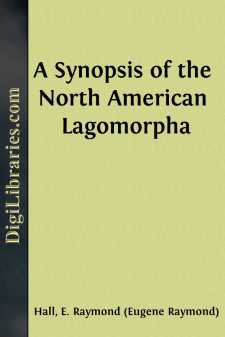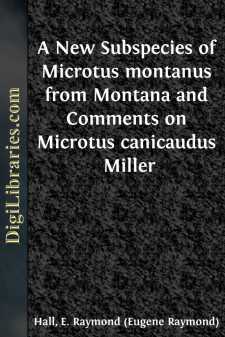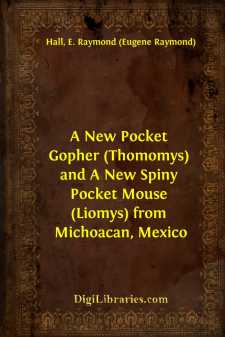Categories
- Antiques & Collectibles 13
- Architecture 36
- Art 48
- Bibles 22
- Biography & Autobiography 813
- Body, Mind & Spirit 141
- Business & Economics 28
- Children's Books 12
- Children's Fiction 9
- Computers 4
- Cooking 94
- Crafts & Hobbies 4
- Drama 346
- Education 46
- Family & Relationships 57
- Fiction 11826
- Games 19
- Gardening 17
- Health & Fitness 34
- History 1377
- House & Home 1
- Humor 147
- Juvenile Fiction 1873
- Juvenile Nonfiction 202
- Language Arts & Disciplines 88
- Law 16
- Literary Collections 686
- Literary Criticism 179
- Mathematics 13
- Medical 41
- Music 40
- Nature 179
- Non-Classifiable 1768
- Performing Arts 7
- Periodicals 1453
- Philosophy 64
- Photography 2
- Poetry 896
- Political Science 203
- Psychology 42
- Reference 154
- Religion 513
- Science 126
- Self-Help 83
- Social Science 81
- Sports & Recreation 34
- Study Aids 3
- Technology & Engineering 59
- Transportation 23
- Travel 463
- True Crime 29
Comments on the Taxonomy and Geographic Distribution of Some North American Rodents
Description:
Excerpt
In preparing maps showing the geographic distribution of North American mammals we have found in the literature conflicting statements concerning the subspecific identity of several rodents. Wherever possible, we have examined the pertinent specimens. Results of our examination are given below.
Our studies have been aided by a contract (NR 161-791) between the Office of Naval Research, Department of the Navy, and the University of Kansas. Also, a grant from the Kansas University Endowment Association has permitted field work that yielded some of the specimens used for comparison. Grateful acknowledgment is made to the persons in charge of the several collections of mammals that we have consulted in order to satisfy ourselves concerning the subspecific status of specimens from many localities.
Marmota flaviventer luteola A. H. Howell
A. H. Howell (N. Amer. Fauna, 37:50, April 7, 1915) referred specimens from Bridgers Pass, Wyoming, to Marmota flaviventer dacota, on the basis of paler underparts because, according to the data of Howell (op. cit.), M. f. dacota and M. f. luteola, the contiguous subspecies, do not differ significantly in other ways. Casual comparison reveals to us no additional differences between the two. We have examined the three specimens available to Howell from Bridgers Pass (Nos. 18733/25527, 18734/25528, and 18735/25529 U. S. Biol. Surv. Coll.) and find the tone of the underparts to be darker (more nearly russet) than in typical luteola. The tone, however, varies considerably, both individually and geographically, in luteola and it is possible to match almost exactly the ventral coloration of the specimens from Bridgers Pass with that of specimens from within the geographic range of luteola; Nos. 160509, from Bear Creek, 8 miles west of Eagle Peak, Wyoming, 18875 and 18731/25535, from the Laramie Mts., Wyoming, and No. 203744 from Sulphur Springs, Grand County, Colorado, all in the United States Biological Surveys Collection, are examples to the point. Being influenced by the geography of the region, we therefore consider the three specimens from Bridgers Pass best referred to the subspecies Marmota flaviventer luteola.
Spermophilus variegatus grammurus (Say)
A. H. Howell (N. Amer. Fauna, 56:147, May 18, 1938) accorded Citellus [= Spermophilus] variegatus utah Merriam a geographic range that included the Kaibab Plateau of Arizona. Durrant (Univ. Kansas Publ. Mus. Nat. Hist., 6:119, August 10, 1952) assigned to S. v. grammurus a geographic range that included southern Utah from the eastern to the western border but in doing this did not mention the rock squirrel of the Kaibab Plateau of Arizona that also might be expected to be referable to S. v. grammurus. Howell (loc. cit.) had two specimens from the Kaibab Plateau. Of these we have examined the one from Big Spring (161566 BS) and find that it lacks the darker (more tawny) head and posterior back of C. v. utah and agrees with C. v. grammurus. On this basis we refer the rock squirrel of the Kaibab Plateau to the subspecies Spermophilus variegatus grammurus (Say).
Tamias amoenus caurinus Merriam
This subspecies was named from the Olympic Peninsula of Washington. A. H. Howell, in his "Revision of the American chipmunks" (N. Amer. Fauna, 52:77, and fig. 5, 1929) regarded the geographic range of Eutamias [= Tamias] amoenus caurinus as the mountains of the Olympic Peninsula and most of Mt....












